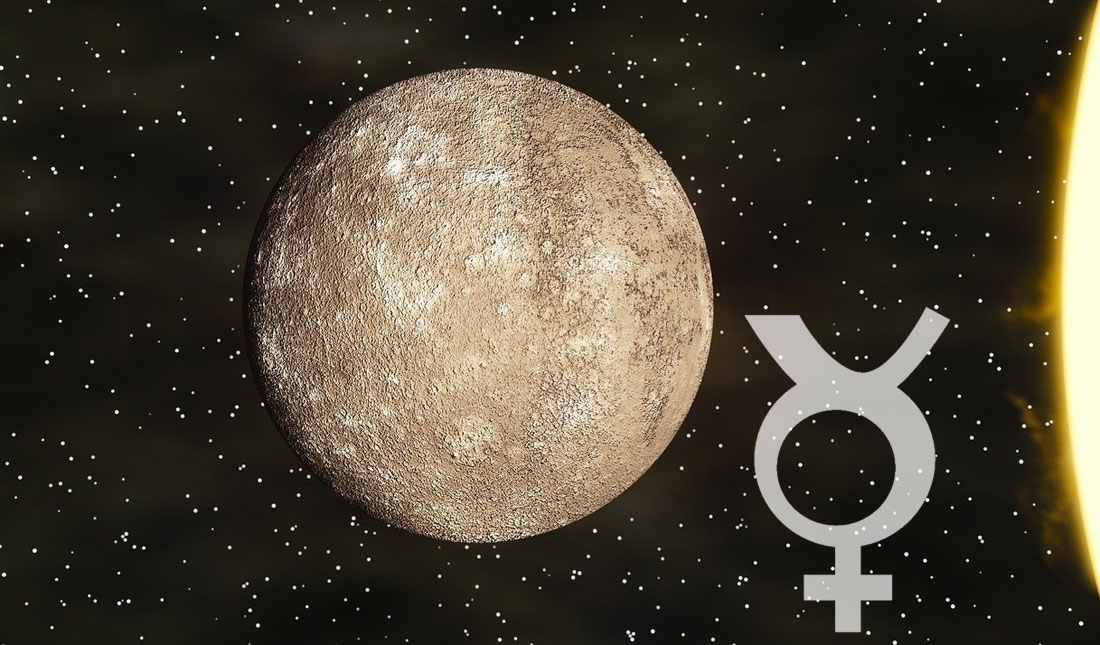Last Updated on October 23, 2022 by Avia
Symbolic chthonic meaning at its simplest is: Anything that dwells beneath the surface, underground or beneath the earth. The term chthonic (pronounced as “THON-ick” and rhymes with ‘tonic’) mostly seen in mythological texts. In myth, this term is expressed in chthonic creatures that live underground that have strange, supernatural powers. We also see a load of gods and goddesses when we look at myths and legends…these are deities that live beneath the surface of our view.
When we talk about symbolic chthonic meaning (in literal or mythical terms), we are exploring weird, dark spaces. In collective human consciousness, chthonic creatures hold a bit of a creepy reputation. Why? Well, stuff that dwells in dark, moist spooky spaces such as caves, under the seas, underground lairs, or even the depths of so-called hell can be potentially unsettling.

I don’t really agree with the whole bad-oogie-boogie scene when it comes to chthonic creatures and beings. I happen to dig so-called spooky places and am pretty cool with dark unknown spaces. At the end of the day, everything has a place and just because a creature or deity lives in a boggy-bottom-bog doesn’t mean it’s all bad. Sure, it can be funky in the deep crags below the surface…but it is also extremely enlightening and symbolic.
Chthonic Meaning and Renewal or Enlightenment
Chthonic creatures can be symbols for renewal and propose a sort of “coming into the light” theme.
An example of this is a familiar story offered by Plato’s “Allegory of the Cave” Loosely, the allegory describes a bunch of men who were trapped as prisoners in a cave (chthonic) for a very long time. The cave was all they knew…only darkness, only confinement.
They were there for so long, the cave became their entire reality. One man believed different, and ultimately broke free. He escaped and proved there was indeed a different reality outside that cave.
The process of moving out of the cave is symbolic of renewal and shifting our perspective of reality. It represents being born again (caves are symbolic of the womb – see below for more). It means we are leaving the cloistered depths of darkness and embracing the illumination of insight and enlightenment. As a moral to the story, symbolic chthonic meaning speaks to emerging out of the darkness (disillusion, misperception) and seeking the light (renewal).

Symbolic Chthonic Meaning and the Womb or Birth
Every opening, orifice, nook and cranny beneath the surface of the Earth is akin to a sacred womb. Check just about all the ancient belief systems, and they’ll confirm it. For example, ancient people often considered the opening of a cave as a womb, and all that exited the mouth of the cave were deeply connected to feminine power (as in born from the mother’s womb).
Ancient Celts and Druids believed that all openings beneath the earth were also possessed with remarkable feminine energy. These chthonic places were thought to represent birth, renewal, and emergence from the dark. In a way, the chthonic meaning is about being born into a new vision, or a new way of life. Consider: It takes a gateway for life to flow forth. Often, that flow comes forth in a torrent of fluid.

Examples of Chthonic Gods and Goddesses
Tethys: Tethys is a Greek goddess of the earth’s womb. In addition to being a chthonic goddess, she is also a sea goddess. Her symbols are: Fish, Wings, Water and Stars. Tethys is a goddess of motherhood, and this connects her with chthonic meaning because her domain was underwater. Underwater realms are symbolic of feminine power and psychic perception. Tethys is featured as a chthonic goddess because she represents renewal and rebirth. Get more about Tethys here.
Hades: He is the Greek god of the underworld, and he is a head-honcho when it comes to chthonic beings. Hades has a few pals with him in the underworld. Snakes were among his chthonic creatures. To this day, the snake has a rich reputation of being part of the ‘dark world’ in human myth and psyche..this is largely due to its chthonic (lowly) connotations in story and legend.
Persephone: By association with Hades, Persephone is a chthonic goddess. She is married to Hades, the god of the Greek underworld. Interestingly, Persephone has a theme of renewal and hope. She leaves the underworld in the spring and encourages new growth upon everything that is not underground. This hits on that theme of rebirth – coming out of the darkness and flourishing in the light.
These are just a few chthonic meanings bound to ancient Greek gods and goddesses. A little research will unveil a whole bunch more!
Examples of Chthonic Creatures

Bats: I love them, but I understand bats are not everybody’s best cuddly pal. When bats show up in my readings and consultations, it inevitably points to coming out of a dark time in order to gain new perspective. Consider: Bats go deep underground in caves to ‘hang out.’ They recharge in dark quiet spaces in order to regain energy. This cave-time (you guessed it) a time of renewal and rejuvenation. This time spent in the ‘underneath’ is also a chance to communicate with their peeps. They socialize, communicate and groom each other within the sanctuary of their chthonic domain. But once twilight breaks, they burst forth from the mouth of their caves (symbolic of the womb) and become reborn in darkness. It’s very vampire’ish I guess..but it’s all very symbolic. Bats remind us we can be transformed into darkness. We can also fly in freedom and gain resources for our survival. Get more about the symbolic meaning of bats here.

Rodents: Certain rodents such as voles, moles and even some mice and rats are considered chthonic creatures. They burry deep for safety and survival, only to reemerge to hunt for tasty treats. Here again we see a theme of moving out from the womb and experiencing a life of independence. Once removed from the safety of the burrow, these creatures are vulnerable. But that is symbolic of living on our own terms, surviving, thriving and staying strong to procure what we need in life to move forward and live another day.

Snakes: Not all snakes are chthonic creatures, but as mentioned, they are considered chthonic in myth and lore. Even if they don’t live underground, snakes have a primordial relationship with the rich, nourishing earth. Excluding arboreal (tree-living) snakes, these magnificent reptiles are bound to the earth, and very often bound beneath the earth. Countless myths testify to snakes bursting from the underground to either save the world or destroy it. This is symbolic of transformation. In creation or destruction myths, snakes transform the world’s landscape complete…leading to a rebirth of life (one way or another). Sometimes these serpents come in the form of chthonic dragons. Either way, snakes, on their own, are symbolic of renewal. They are also symbolic of healing. These meanings come from their earthly-womb connections as well as the shedding of their skin. Combined, these behaviors equate to cleansing, healing, enlightenment, and rebirth. Get more about the symbolic meaning of snakes here.
Final Thoughts the Symbolic Chthonic Meaning
If you haven’t noticed, chthonic meaning (whether in creature, myth, or in the literal sense) is intricately connected to the themes of renewal, rebirth, and transformation. Sure, the term chthonic means ‘underground’ but that is grossly oversimplified. The overarching concept of chthonic deals with darkness, what is hidden, and what lurks in the unknown realms. As humans, this holds a lot of potential for personal growth. Why? Because moving in the spaces of the unknown offers us the opportunity to emerge into the light to gain perspective and a renewed view of reality.
It’s just like Plato’s cave allegory. Being in a dark space doesn’t have to be a trap. In fact, it can be a time of growth and self-development. But there must come a time when we venture out of the darkness and learn to embrace the light.
I hope these thoughts on chthonic creatures and symbolic chthonic meaning has been helpful to you. As always, thank you for reading!
Mighty brightly,

© Copyrighted. All Rights Reserved.
Go the Distance & Unveil More Mythology With These Amazon Selections
Other Articles of Interest on This Website

Symbolic Meaning of Change
the symbolism of change, at its core, deals with balance. So often, we’ve seen imbalances in our lives…and either by our own hand or by outside events, a shift occurs, which prompts correction to that imbalance. Get more about the meaning of change here.

Symbols for Renewal
The world is filled with invigorating symbols for renewal that have the ability to breathe new life into our consciousness. It just takes a little awareness, and the willingness to focus on a goal to shift our perception in renewed ways. Read this article for a full list of symbols for renewal.








